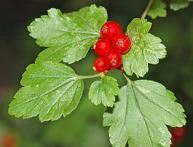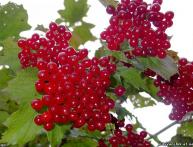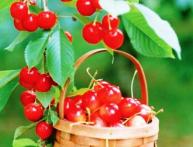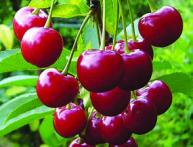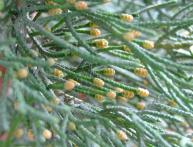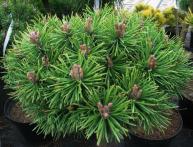Rowan in your garden

Mountain ash - a plant that has medicinal properties and can also be used for decorative purposes. Cultivated forms of rowan are of particular interest to the gardener. Unlike “wild” plants, they have no bitterness in the fruits. The best varieties of rowan: Moravian, Rubinovaya, Garatnaya, Nevezhenskaya.
For the content of useful substances, Rowan is a multivitamin crop. It contains large quantities of vitamins C, P, E, B9. The fruits contain a lot of iron (3-4 times more than apples), iodine, and pectin.
Common rowan: planting and care
Rowan should be planted in pairs of 2 varieties (more are possible). One - the only tree will not bear fruit. Plant the plant in autumn or early spring. Planting holes are prepared in advance. It is necessary to ensure that their sizes correspond to the size of the rowan root system. Organic and mineral fertilizers are added to the pit: humus, superphosphate and potassium salt.
It is worth watering trees only when there is no rainfall for a long time. It is advisable to clear the soil around the trunk of weeds and loosen it superficially, not deeply. Make sure that root shoots do not form. Its appearance can harm and slow down the growth of trees. If the growth still appears, it needs to be cut out.
Annual care for rowan consists of pruning and removing thickening branches. Fertilizers should be applied in very small quantities, since they negatively affect the content of vitamins in rowan fruits.
Rowan berries are harvested at the end of August - September. If harvest is delayed, the fruits lose their taste and sometimes become food for birds.

